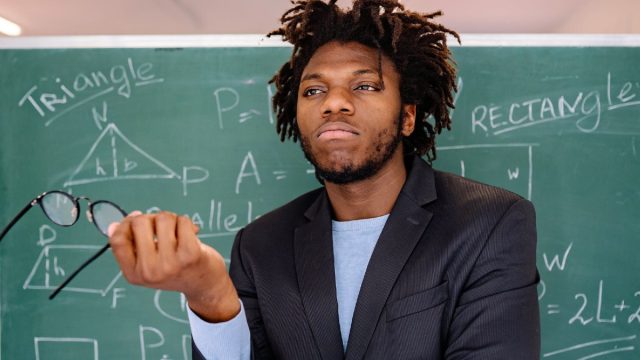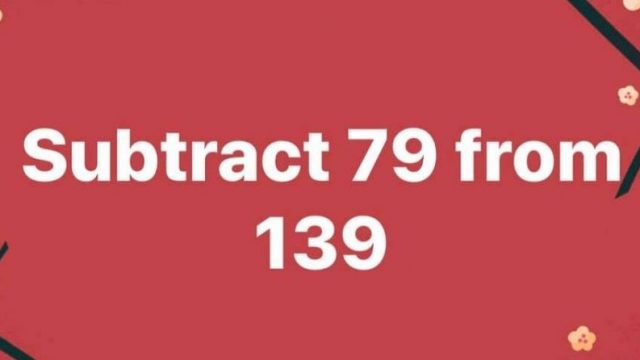A Challenging Math Program
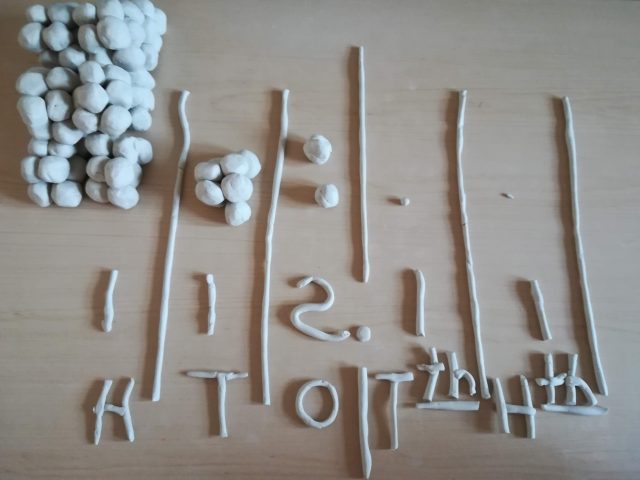
I recently had a strong-willed girl in my mathematics correction program. She seemed motivated to learn and happy to miss school to work with me, but any mention of mathematical terms and numbers prompted boredom and yawning. Even the most fun exercises didn’t entertain her for long, and the sight of a hundred white plasticine balls exhausted her.
Her attention, already very fragile and timid, tried to hide away as far and for as long as possible.
I told her we would use the clay to learn to count quickly. She disagreed, saying she didn’t want to go to school carrying a suitcase of clay balls to lay in front of everyone. She didn’t like that image. I apologized and explained that the clay would help create the right images for math in our imaginations. After that she wouldn’t need the clay anymore.
Still she resisted. She offered to study anything else, but not math!
But we Davis Facilitators have our ways! Our main task is to make math understandable and enjoyable.
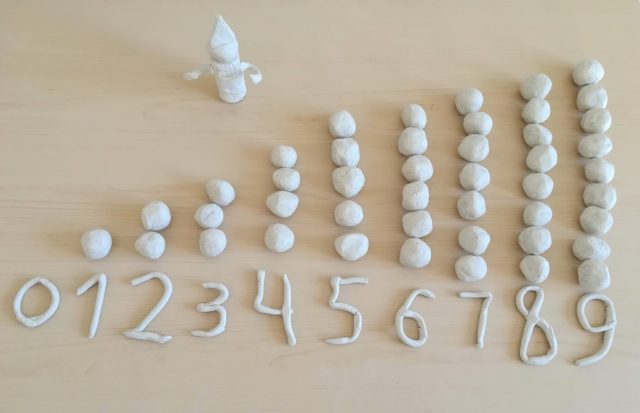
“General Plywood” hosts a parade of numbers
One of our girl’s talents is her love of storytelling and creative imagination. So we found ways to bring that into the modeling tasks. She gave life to the clay, adding character names, motivations, scenarios to all of the movements of the clay that were needed for the mathematical operations. With her own imagination, she created new orders, discovered new patterns, understood new terms.
Friday came along and I told my girl it was the last day of our math program. She was very surprised and couldn’t believe how quickly our time together had passed.
Mathematics on paper is the final stage of the program. And here the real miracles began! We had been actively using plasticine before: counting, grouping, dividing, multiplying, and adding. Now it was time to check the results of our work this week.
Mathematics on paper involves adding, subtracting, multiplying by columns, and dividing by the “bus stop” method. But this was hardly necessary, as my girl did the math in her mind and told me the answers as soon as I finished writing the problems.
At the beginning of the program, she could count 5+7 on her fingers, but got completely lost with numbers 38+17. She had trouble understanding the decimal system. Every time she had to cross a ten during a mathematical operation, it caused confusion and disorientation, leading to mistakes and misunderstandings.
So I purposely gave her the same example at the end of the program. With a contented smile, she uttered the right answer casually and confidently.
And her eyes, her eyes were just shining with happiness: I CAN, I finally CAN! This confidence inspires and delights not only her, but me too! When multiplying, I was surprised that she correctly solved 11 x 22 in her mind, although I expected her to do it in columns!
She skillfully added and subtracted more complex numbers in columns.
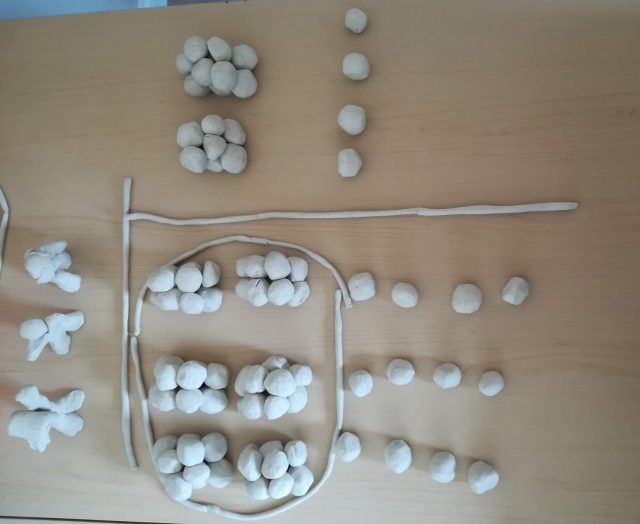
But when it came to division using the column method, we got stuck again.
She quickly divided 72 by 3 in her head and gave me the answer, but I wanted to check her ability to use the column method on paper. The thing is, the British form of division using the column method (a short form of the bus stop method) is a very abstract concept. And it’s confusing to many kids, but we managed to tackle it to, returning to the clay and making a “bus stop” model.
Since the program for correcting math problems is limited in time, we have to stop at a certain stage. But there is so much interesting and exciting material ahead: percentages, ratios, equations. But then, my girl will creating her own images.
And if some concepts are elusive, and she finds herself unable to create clear and understandable images, we will meet again in six months. Then we will be happy to get creative with math once again.
This article is a translation and compilation of two social media posts, written originally in Russian.
